Michelle M. Winner

“We are not Disneyland. People live here,” says Kai Duponte, a Native Hawaiian who was born and raised on Maui, responding to the unprecedented numbers of tourists to the island. “Although no one wants to stop tourism altogether, when we cannot enjoy our own home due to the crowds, we realize that we have become second-class citizens to the tourism industry.”
Indeed, Hawai‘i Tourism Authority data confirms Maui’s July arrivals at Kahului Airport are over 345,000, which is a 23 percent increase from the same month in 2019. Current projections show that August will be 32 percent over the pre-pandemic high and September will reach an astounding 36 percent increase. Driving this massive influx of tourism is a growing number of flights to Hawai’i as well as more competition by airlines to offer ever-cheaper fares.
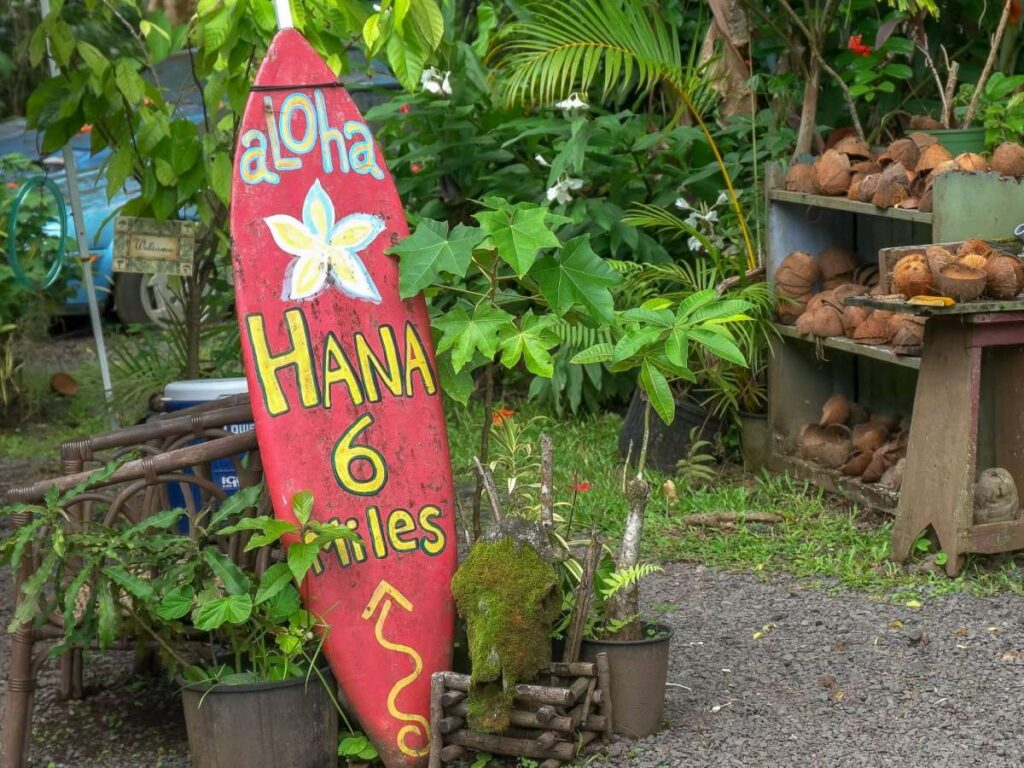
Social media groups like “Enough Tourists Already,” or ETA, report daily on tourists engaging in harmful interactions with marine life and bragging about ignoring “kapu-no trespassing” signs to reach off-limits locations. Often, they point to online sources, like so-called “influencers” and audio tour apps, blaming at least some of this bad behavior on irresponsible recommendations.
Many residents posting in Hawai’i travel social media groups, as well as tourism insiders I spoke with off the record, express the belief that post-pandemic visitors to Hawai’i are a different type of tourist. Often, they say, these tourists seem fueled by a desire to get an up-close selfie with an endangered species, climb into an off-limits ocean pool or hike a closed mountain ridge trail. There’s no way to know to what degree technology drives this ill-considered behavior. But it is, many residents agree, a growing problem.
“Our needs are being ignored and Maui doesn’t have the infrastructure to deal with all the tourists that are being thrust, forced, upon us,” said Duponte, who is also ETA’s spokesperson. “Tourists tell us, ‘You need our money, without us you wouldn’t survive,’ and that is just not true.”
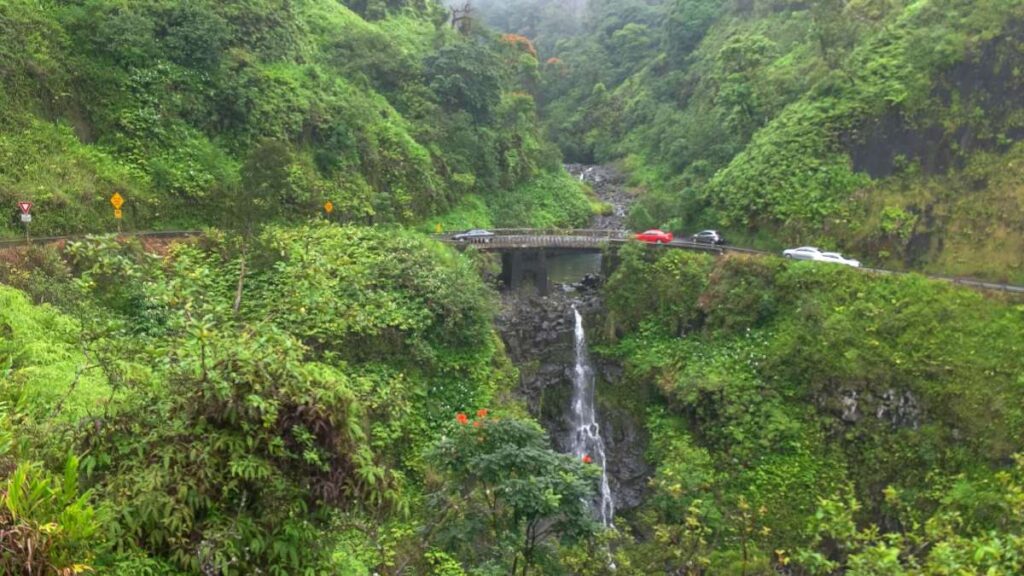
The Hawai‘i Tourism Authority has a different view, however. With tourism numbers hitting a record high in 2019, when 10.4 million people arrived by air or cruise ship, the authority says tourism remains the state’s primary economic driver. The tourism industry accounted for 16.2 percent of Hawai‘i Gross Domestic Product, nearly $18 billion in revenue from visitor spending and 20 percent of the state’s total jobs, according to the HTA.
In a state with a population of fewer than 1.5 million people, that means visitors outnumbered residents almost 10 to 1 on an annual basis. That puts a strain on not only local communities but also wildlife and natural resources like freshwater. Locals compete with tourists for parking at beaches, fight increased traffic on roads, stand in long lines at grocery stores or have to shift their lives around to accommodate the tourist crowds just to get to work.
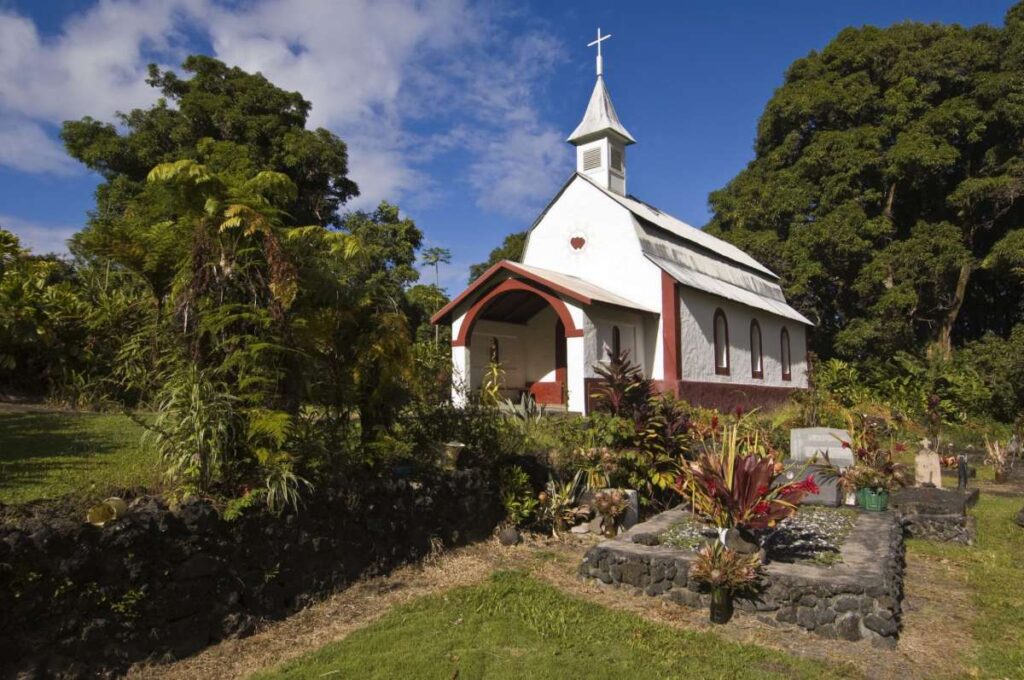
Those crowds also increase stress on the state’s marine life. The endangered Hawaiian monk seal, for example, has a worldwide population of just 1,400 and has been the subject of national attention after tourists shared videos of themselves touching the animals. Beyond these horror stories, overtourism is contributing, Hawai‘i residents say, to the destruction of coral reefs, hiking trails and beaches.
Paradise lost on the road to Hana
One microcosm of larger concerns about overtourism in Hawai‘i is East Maui’s famous Hana Highway, a winding road with waterfalls, 59 bridges, 620 curves and countless breathtaking viewpoints. The route is now infamous for being the most congested in the state, with 1,500 to 2,000 rental cars and up to 100 multi-passenger tour vehicles bringing 5,000 to 7,000 people per day.
A stretch of coastline that was once paradise for locals is now a continuous struggle. Hawaii native Kim Rivera lives in Kaupo, 65 miles west of Hana down the highway. “They have invaded and taken over our shores,” Rivera says. “They come here entitled, rude and ruthless and will stop at nothing to get their way because they are on vacation. I have been shown the finger many times coming in and out of the mountain. This place is a zoo.”
“I had to go to Hana for gas, food, basic essentials, but getting there was hell,” says Rivera, citing tourists parking illegally, ignoring “no parking” signs, and buying up all the essentials in local shops where, she says, “shelves were empty because tourists buy out everything and leave the local residents with nothing.” Rivera ended up having to drive two hours each way to central Maui to get what she needed. “It’s maddening and beyond frustrating,” she said.
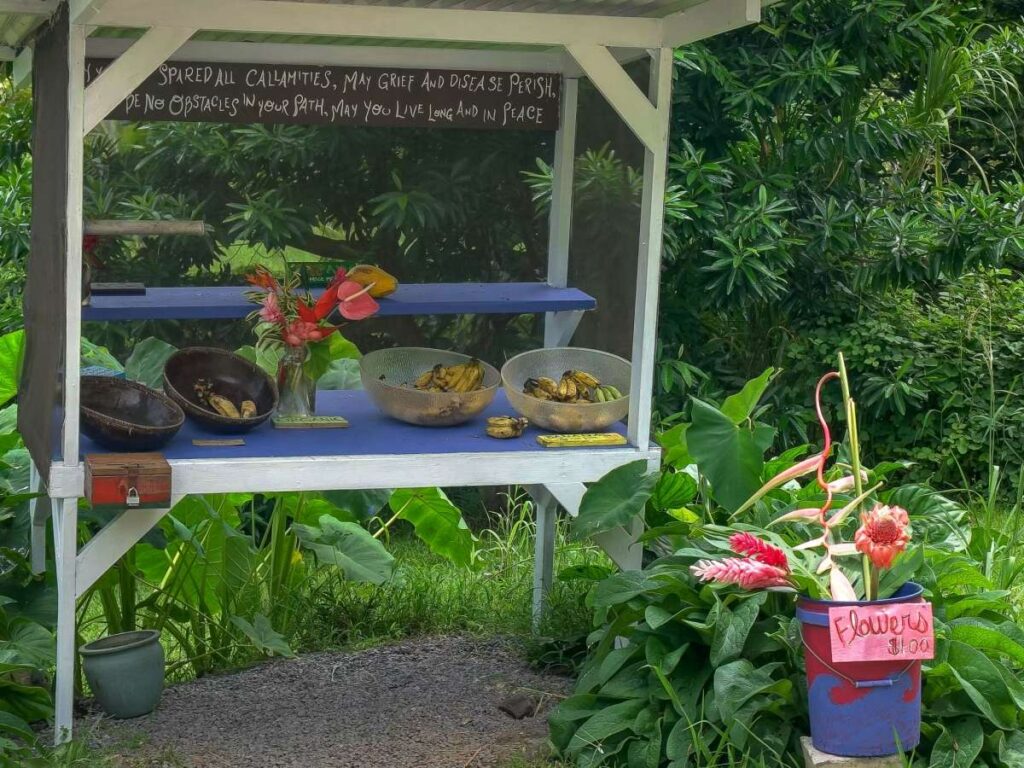
The traffic is also a longstanding but increasingly troubling issue for Hawaii residents. “I worry that if something was to happen to my family, we are not going to make it to the Hana Health Clinic in time,” Rivera said. It’s not only the number of tourists, but their attitude that grates on Rivera. “They don’t even have the common courtesy to pull over in the event of an emergency,” she said.
“We are in big trouble out here and nothing is being done about it.”
What role do social media, online guides and influencers play?
Shaka Guides, a downloadable selection of tours that includes a $14.99 “Classic Road to Hana” offering, is among the most visible audio tour apps on Tripadvisor. After seeing comments and screenshots on social media complaining about tourists entering private property to visit various sites on the Shaka Guide tour, SFGATE contacted Andrew Fowers, the app’s CEO and co-founder for comment.
We asked Fowers, who lives in Hawai‘i himself, whether his app includes stops that can only be accessed by trespassing on private land. In a statement, he acknowledged that the app had, in the past, steered tourists to designated no trespassing areas and that, a year ago, Shaka Guide began removing those places from the Hana tour. He also noted that they are continuing to remove additional stops in order to be “sensitive to residents.”
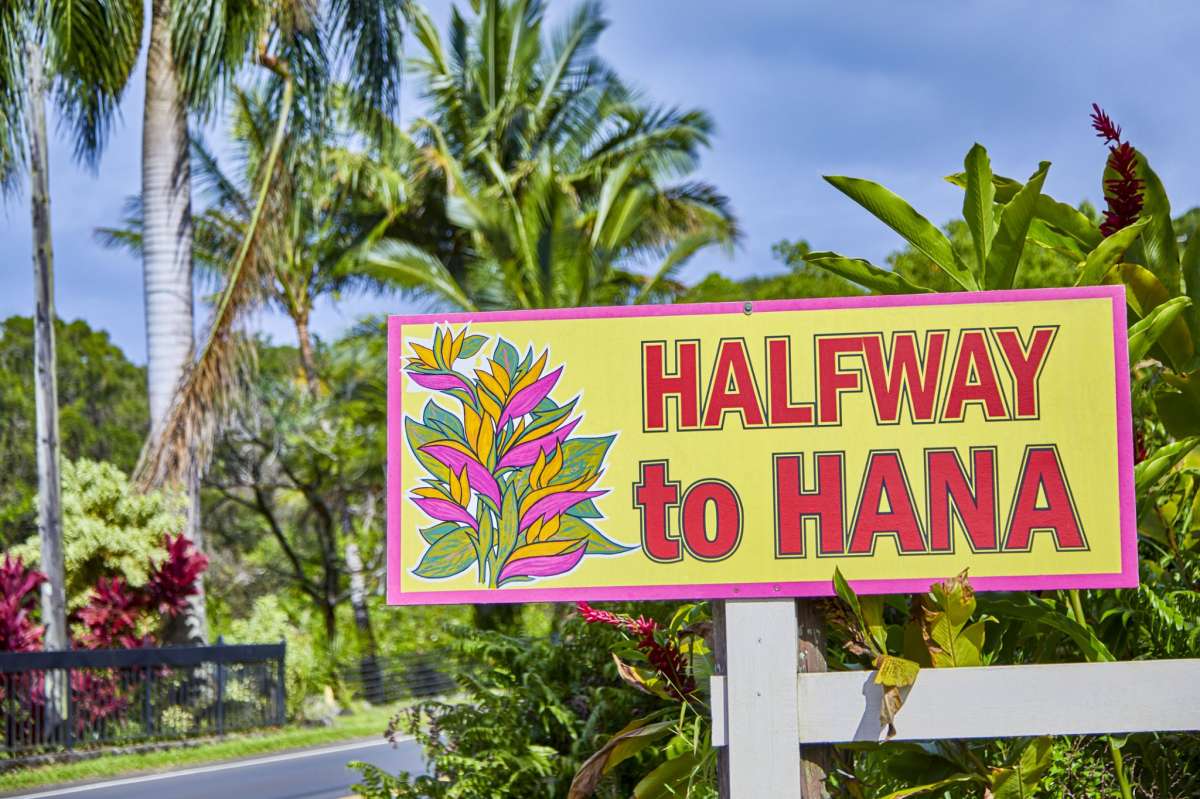
He says he wants to use the app as a resource for educating tourists about Hawai‘i and to encourage respectful travel. Among the steps Shaka has taken, Fowers points to a lengthy list of changes the guide has made, including adding a Pono Pledge popup, reaching out to community leaders, pulled the app from Costco locations in response to local sentiment (“in order to do what is right” and “give us time to better engage with the community”) and, he says, changed the tour’s text to reflect an “Explore Responsibly through Education” ethos — though a quick look at the web page devoted to the Road to Hana tour doesn’t seem to reflect that shift.
When asked whether the Shaka Guides contribute to the harms of overtourism, Fowers says, “I like to think of it like a funnel. Governments, airlines and hotels are at the top of the funnel with restaurants and activity providers towards the end of the funnel.” The problem, he says, is for the “top-of-funnel decision makers to solve” so that the flow of visitors can be controlled “in a more sustainable way and not turn into a flood.”
What is the Hawai‘i government doing?
In response to local frustration and anger about overtourism on the islands, Governor David Ige has suggested staggering arrivals at Maui’s Kahului Airport to help the overwhelmed airport. But he concedes he can’t force the airlines to change their schedules and that a schedule change wouldn’t address the overall number of tourists.
On Maui, county mayor Michael Victorino has asked airlines to voluntarily decrease their flights, but because the Federal Aviation Administration authorizes routes, local governments cannot compel airlines to cut back or alter service.
Napua Huehu is a community coordinator for the non-profit “Hana Highway Regulation” volunteer group, which represents the original families in the area and has a mission to “enhance the safety and efficiency of the Road to Hana.” The group gathers data, monitors bad behavior and promotes cultural awareness. Huehu, a GenY Native Hawaiian activist, says the key issues for residents are a lack of visitor education, illegal parking and trespassing on private property.
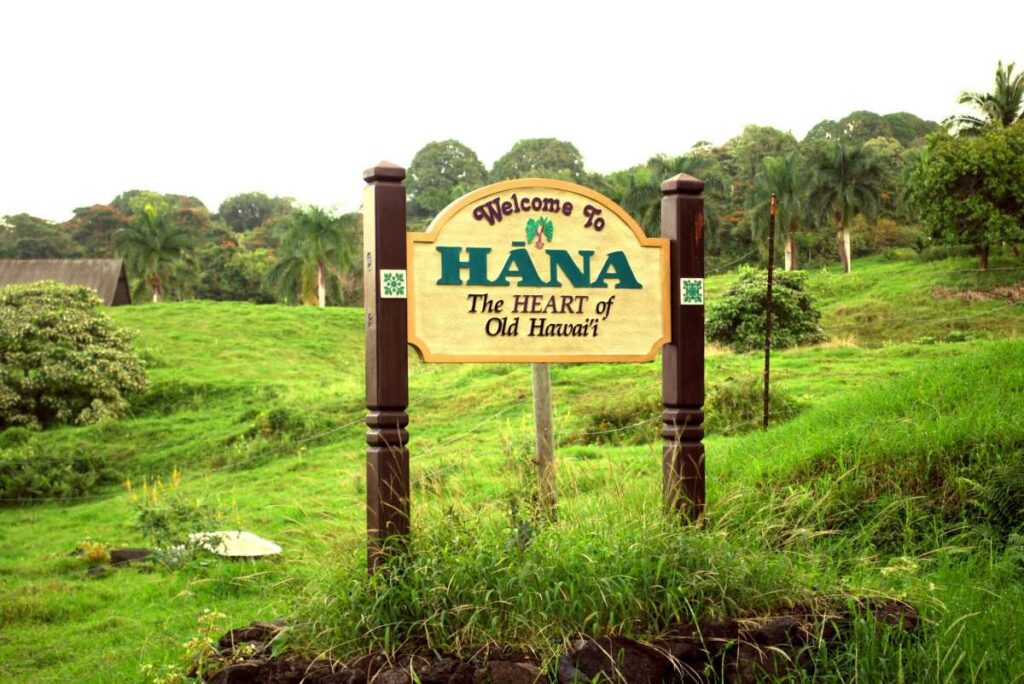
But, Huehu says, social media is also to blame. The group’s web surveillance team monitors the internet for people and publications that promote trespassing on private property. Among the most egregious offenders: influencers. In response to the issues they’ve seen along the road to Hana, the group has proposed that local volunteers be stationed at hot spots along the highway to reduce accidents, traffic hazards and emergency rescues.
Fed up with the lack of progress in addressing overtourism, and what they say is the Hawai‘i Tourism Authority putting tourism above the needs of residents, several local groups — including the ETA — co-signed a letter to the state’s political leadership asking for specific policy to tackle the problem.
The coalition is asking that overcrowded destinations like the road to Hana be gated, with a limited number of tourists allowed by reservation. They also suggest that the county create a “hop on, hop off” bus system, reserve parking for residents at crowded beaches, allow only community-approved guides in culturally sensitive areas, give preference to guides with ties to the ‘āina (Hawaiian for land and a reference to those with ancestral ties to the land they still live on and protect), enforce parking restrictions at tourist sites with significant fines for violators, limit the number of rental cars coming to the islands (and reserve a percentage of rental cars for residents) and add more oversight to prevent hotels and concessions from taking over beaches.

Other demands include the enforcement of regulations governing water tour operators, ensuring priority access to local fishermen before the tourist-oriented operations, addressing the explosion in the number of short-term vacation rentals that has created a housing shortage, limiting these rentals to resort areas, the prosecution of illegal rental owners — especially in agricultural and residential neighborhoods — and the implementation of a revised property tax structure to disincentivize mainland investors from using the islands’ limited land for profit. One example of the kinds of policies the coalition is asking for: a hotel tax on properties whose owners are not Hawai‘i residents with revenue used to fund home-buying programs for local families, especially Native Hawaiians.
Ultimately, the solution to overtourism is complex. Ed Case, the congressman representing Hawai‘i, has called for the state to take measures to reduce travel to the state. But influencers, app developers, social media companies and travel writers all play a role as well. As do the decisions of travelers themselves, who can respect local culture, laws and customs while on the islands or opt out of visiting at a time of overcrowding. To quote the seal on the Hawai‘i state flag, “Ua mau ke ea o ka ‘aina i ka pono” or “The life of the land is perpetuated in righteousness.”
Editor’s note: SFGATE and the author recognize the importance of diacritic marks in the Hawaiian language. We are unable to use them due to the limitations of our publishing platform.
A freelance writer, Michelle M. Winner has been traveling the world since the age of five when she boarded the S.S. Lurline in Honolulu bound for a trip to San Francisco with her family. Born and raised in the Hawaiian culture, she grew up paddling outrigger canoes, surfing and dancing hula. She is currently studying the Hawaiian language.